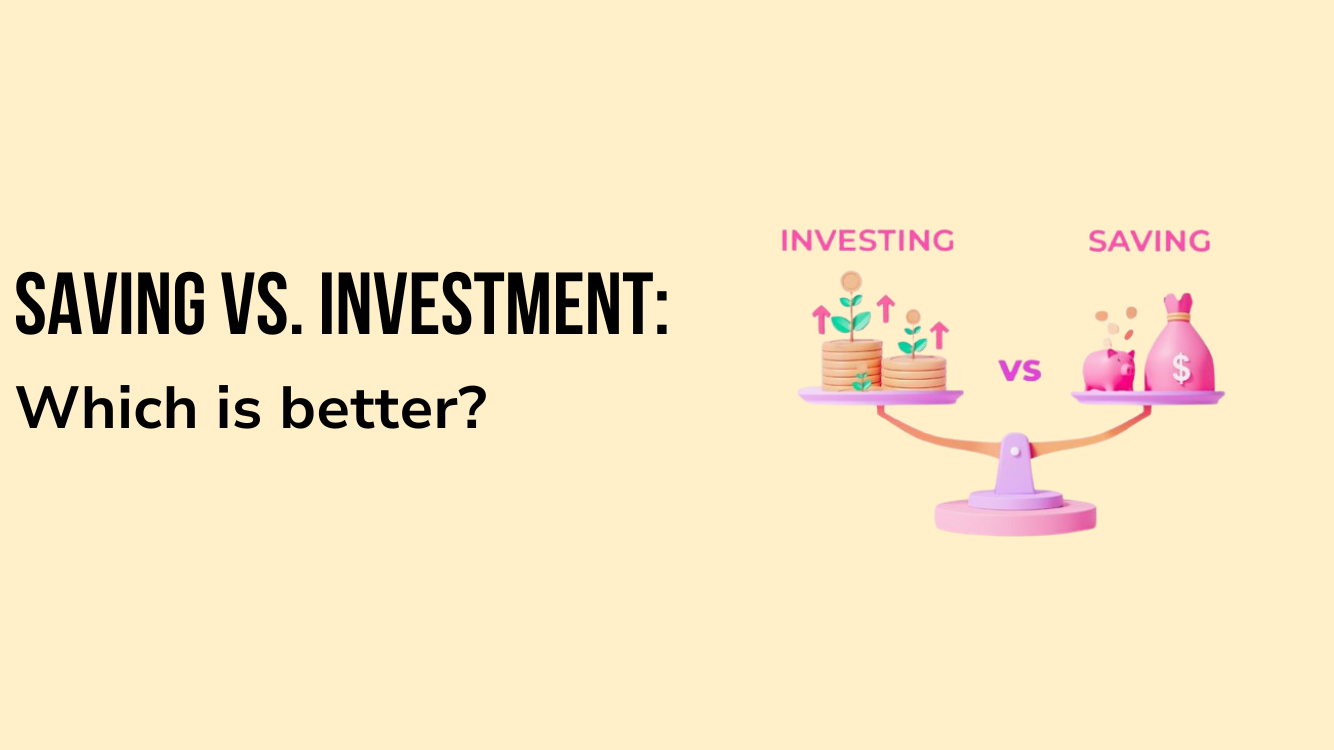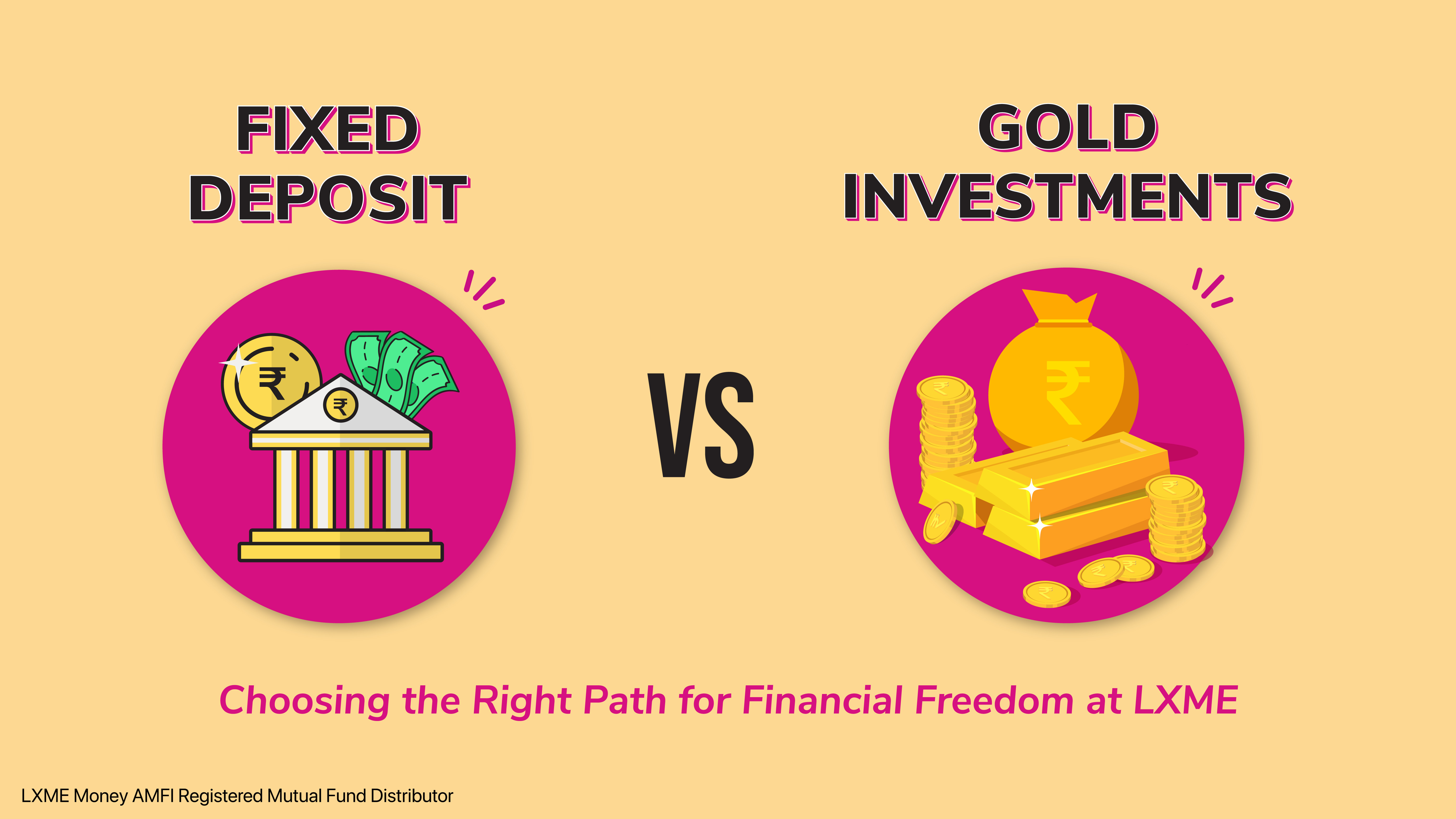“Stay invested as long as you can!” is a common phrase you hear today. While that’s good advice, it can be gratifying to earn the returns while you can still enjoy them!
No investment is complete without goals for yourself. Invest towards them for a certain period and you would have achieved a dream.
Depending upon what you want to spend on ultimately, you can go in for a long-term, short-term, or even an ultra-short term investment. Here are the various kind of goals, and how long you need to stay invested for each:
Ultra-Short Term Investments
An ultra-short term investment strategy is specifically for one looking to accumulate a fixed sum of money, usually to purchase gadgets, short term certificate courses, gifts for loved ones, home appliances, and other similar products and experiences. These investments are not ideal for purchasing things that are very expensive. Start a SIP with an Ultra-Short Term Investment strategy instead of paying for things through EMI. This saves you from the burden of debt and interest payments. These funds are mainly debt funds, picked especially for high returns at an average rate of 9%.
For instance, say you’re an amateur hair and make-up professional who wants to buy a sophisticated new kit, and it’s going to cost you almost ₹50,000. If you’re a young professional, it’s likely you’re saving on rent by living with your parents. If you can set aside ₹5400 each month for the next 9 months in debt funds, this investment will yield an average rate of 9% returns to give you about ₹50,459 – enough to get all that you need for your new kit!
Short-Term Investments
In a short-term investment strategy, you keep your money invested for a period of 1 to 3 years. This kind of investment is often done by someone who is looking to buy a vehicle, plan a wedding, or build an emergency fund. In a short-term investment, you may be affected by bouts of market volatility from time to time, but this usually tends to be more psychological than real.
For example, if you have plans to study further to grow professionally, saving up for a Master’s degree could be on the cards. If a course you’re interested in pursuing would cost you about ₹12 Lakhs, it would make sense to invest in a short-term mutual fund. Upon investing ₹27000 in a monthly systematic plan, you would be able to raise the necessary finances and fund your own education.
Long Term Investments
The long-term investment strategy is ideal for you if you are looking to stay invested for a duration of 3 years or more. This means you will not be redeeming your invested money in full or part for at least 3 years. You know you are in it for the long haul and are unaffected by day-to-day market volatility. Such investments are often done for children’s higher education, paying the down payment on a house, starting a small business, or saving for your retirement.
For instance, if your goal is to set up a production house, it would require a capital investment of about ₹50 Lakh. Provided you can put aside a minimum of just ₹14,000 each month in a systematic investment plan for a period of 10 years, you can earn returns of at least 19% on having invested just ₹16,80,000!
So remember — no one size fits all when it comes to investments, and how long to stay invested. Put pen to paper, see what your immediate, medium-term, and long-term needs and desires are, and how much you can invest, and for how long. Set up a systematic investment plan accordingly, and reap what you sow!
Similar blog you may also like to read – Empowering Women to Invest in Mutual Funds
New Investor? Request a Callback.
Fill in your details and we will guide you at every step
other blogs

Mutual Funds Saving June 24, 2024
Saving vs. Investment: Which is better?
When it comes to money women are very disciplined in saving and budgeting. They can manage the expenses even in the tightest budget. They always think about the future like no one else can as they are proactive in all situations, so they always set aside some part of their budget for future or emergencies. … Saving vs. Investment: Which is better?

Saving June 6, 2024
Fixed Deposit vs Savings Account: Choosing the Right Path for Your Financial Goals
The journey to financial freedom is paved with smart decisions. As women, we navigate a unique financial landscape, and understanding the tools at our disposal and using the right investment platform is key. Two fundamental options we encounter are savings accounts and fixed deposits investments (FDs). But what’s the difference between a fixed deposit and … Fixed Deposit vs Savings Account: Choosing the Right Path for Your Financial Goals

Gold Saving June 1, 2024
Fixed Deposit vs Gold Investment: Choosing the Right Path for Financial Freedom at LXME
Empowering yourself with financial knowledge is a crucial step towards achieving financial freedom. At LXME, we understand that women often face unique challenges in the investment world. When it comes to building your wealth, you may be wondering: fixed deposit vs gold investment, which is the better option? Among other investment choices like mutual funds … Fixed Deposit vs Gold Investment: Choosing the Right Path for Financial Freedom at LXME









